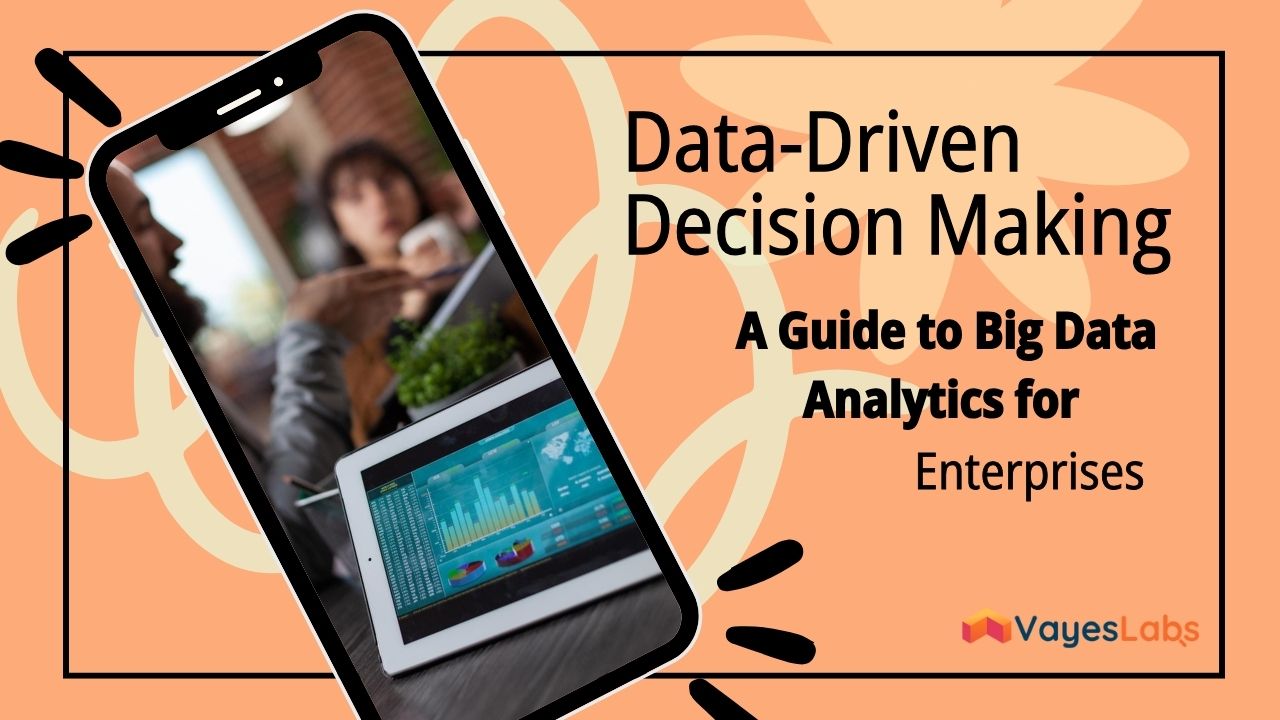Table of Contents
- What is Data-Driven Decision Making?
- Key Characteristics of Big Data
- Applications of Data Analytics
- Advantages of Data-Driven Decision Making
- Tips for Implementing Big Data Analytics
- Technological Tools for Data Analytics
- Future Trends in Big Data and Analytics
What is Data-Driven Decision Making?
Data-driven decision making is the process of optimizing strategic and operational decisions by relying on data rather than intuition. Big data and data analytics technologies play a central role in this process. Organizations analyze a wide range of data, from customer behavior to operational processes, to make informed and effective decisions. Data-driven decision making is essential for gaining a competitive edge and adapting quickly to changing market conditions. This process involves using data analytics to transform raw data into meaningful insights. For instance, a retail company can optimize inventory management by analyzing customer purchase data. Big data refers to complex datasets characterized by volume, velocity, and variety, processed using data science techniques. With data-driven decision making, organizations reduce risks, use resources more efficiently, and enhance customer satisfaction. This approach is a cornerstone of modern businesses’ digital transformation journey.
Key Characteristics of Big Data
Big data describes datasets too large and complex for traditional data processing methods. These datasets are typically defined by the "3Vs": volume, velocity, and variety. Volume refers to the sheer amount of data; for example, social media platforms generate terabytes of data every second. Velocity indicates the need for real-time or near-real-time data processing. Variety encompasses both structured (databases) and unstructured (text, videos) data. Additionally, big data is evaluated based on veracity and value. Veracity refers to the reliability and quality of data; inaccurate data can lead to flawed decisions. Value reflects the contribution of insights derived from data to business objectives. Data analytics integrates these characteristics to extract meaningful results from big data. Data science professionals employ statistics, machine learning, and data visualization techniques in this process.

Applications of Data Analytics
Data analytics has a wide range of applications across industries. In retail, analyzing customer purchasing patterns enables personalized marketing campaigns. For example, an e-commerce platform can use big data to predict customer preferences and offer tailored recommendations. In finance, data-driven decision making supports fraud detection and risk management. Banks leverage machine learning models to identify suspicious transactions in real time. In healthcare, data analytics optimizes treatment processes by analyzing patient data. Hospitals use big data to improve resource allocation and patient outcomes. In manufacturing, data-driven decision making predicts equipment failures and schedules maintenance. In logistics, data analytics enhances supply chain efficiency and reduces delivery times. Across all sectors, data science-driven approaches are transforming decision-making processes.
Advantages of Data-Driven Decision Making
Data-driven decision making offers organizations multifaceted benefits. Firstly, it provides objectivity and accuracy in decision-making. Big data analysis replaces intuitive decisions with data-backed insights, reducing errors. For example, a marketing team can use data analytics to identify the most effective advertising campaigns and allocate budgets more efficiently. Another advantage is operational efficiency. Data-driven decision making identifies bottlenecks and optimizes resource use. It also enhances customer-centricity; big data enables a better understanding of customer needs, leading to personalized experiences. Data science creates a competitive edge; organizations that make faster, more accurate decisions outperform their competitors. Finally, machine learning-powered analytics predict future trends, enabling proactive strategies.
Tips for Implementing Big Data Analytics
Successful implementation of data analytics requires several key steps. First, data quality must be ensured. Big data sets need to be accurate and up-to-date to produce reliable results. Organizations should standardize data collection processes and use data cleansing tools. Second, clear business objectives must be defined. Data-driven decision making is most effective when used to solve specific problems or achieve targeted goals. Building a data science team or collaborating with external experts strengthens analytics processes. Machine learning models are ideal for extracting insights from complex datasets but require sufficient data and expertise for training. Data visualization tools make complex results accessible to decision-makers. Finally, fostering a data-driven culture is crucial; encouraging employees to embrace data-driven decision makingensures widespread adoption across the organization.
Data analytics relies on powerful technological tools to reach its full potential. For big data processing, platforms like Hadoop and Apache Spark handle high-volume data efficiently. Visualization tools like Tableau and Power BI transform complex data into clear graphs. Developing machine learning models is supported by programming languages like Python and R, along with libraries such as TensorFlow and Scikit-learn. Cloud-based solutions streamline data-driven decision making processes. AWS, Google Cloud, and Microsoft Azure provide flexible infrastructure for big data storage and analysis. Data scienceplatforms like Databricks integrate data processing and modeling. These tools enable organizations to implement data-driven strategies swiftly. Additionally, data streaming tools like Kafka support real-time analytics, facilitating rapid decision-making in dynamic market conditions.
Future Trends in Big Data and Analytics
Big data and data analytics are evolving with emerging technological trends. Artificial intelligence and machine learning are making analytics smarter and more autonomous. For instance, predictive analytics enables organizations to forecast customer behavior with greater accuracy. Data-driven decision making is becoming more proactive with these technologies. Data privacy and ethics are gaining prominence in big data usage. Regulations like GDPR are pushing organizations to prioritize data security. Data science is developing new standards for ethical data use. Additionally, edge computing enables data analysis on devices, accelerating real-time decision-making. In the future, data analytics will be further transformed by innovations like augmented analytics and quantum computing, offering organizations limitless opportunities.




